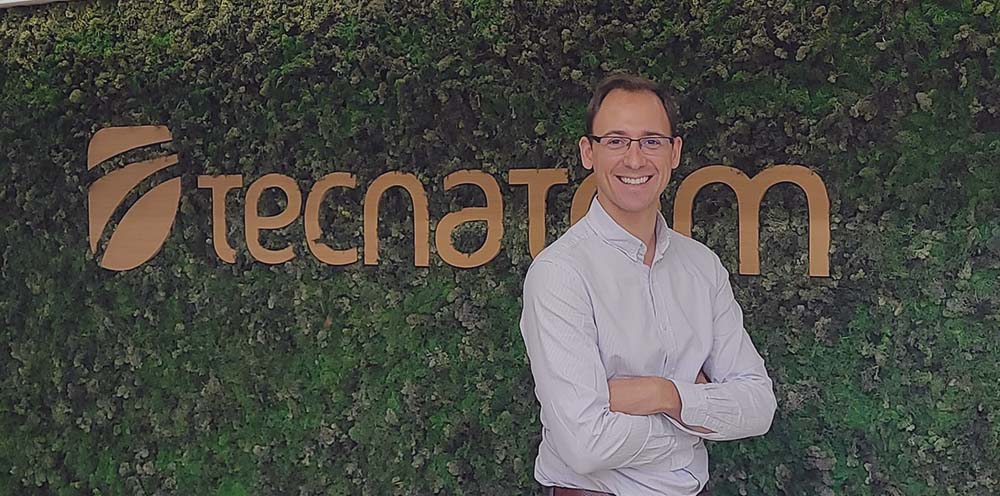“Success involving projects of such difficulty, could not be achieved without the level of knowledge and experience that we have at Tecnatom”. We talked with Rubén Jimeno Morón, project manager for the development of SIMENA, a pioneering training simulator developed by Tecnatom for ENAIRE. We take advantage of his experience and to find out a little bit more about this simulator.
Rubén, you have been involved in the simulation area for many years at Tecnatom, with very diverse approaches. Tell us about your career
I am an Industrial Engineer and throughout my 12 year professional career at Tecnatom I have been trained in different areas, going from nuclear technology to other fields such as Smart Grids. The last degree certification I got and from which I am getting the most out of is the Project Management Professional (PMP).
Most of my career has been focused on simulator developments, both as a developer and as project manager, but thanks to being in a company like Tecnatom I have been able to take part in equally interesting projects such as TecOS START (using Data Science to improve efficiency of combined cycles) or innovation projects analyzing opportunities in the Smart Grids market and energy transition.
Tell us about the SIMENA simulator and the origin of the project. What have been the major challenges you have encountered?
SIMENA is a simulator of Air Navigation Electrical Installations, which simulates the electrical systems, centers and operating panels of an Air Navigation Control Center, a Control Tower and a Route Radar, critical installations that have to guarantee their maximum operating capacity, and that is why the use of a simulator to perform conventional O&M maneuvers or to reproduce exceptional and rare situations is of great importance.
The objective of this project is the new commissioning of the simulator, for which it is necessary the simulation of the SCADA, acquisition of new software licenses in which the simulator is developed, as well as training and technical support services. In addition, Tecnatom will offer simulator training to future instructors, in order to get the most out of this powerful and sophisticated training tool.
This simulator uses simulation technology developed by third parties, due to the client’s requirements. One of the challenges we have faced has been, on the one hand, having to adapt quickly to simulation tools and programming languages with which we had not worked in Tecnatom for some time, since we usually use our own simulation technology, and on the other hand, the coordination of very diverse work in a short period of time so that the project could progress properly.
What do you consider to be the keys to the success of the project? What can you tell us about the future?
In companies like Tecnatom, in which numerous projects are carried out, it is necessary to be flexible because the estimation of resources in the initial phase can vary when you start the development. In this project, we had to adapt by resorting to a Crashing and Fast Tracking workflow, thus shortening the duration of the schedule. Thus, we reached the project milestones ahead of the initial planning (which is always good news for both the client and the project team) but maintaining all the quality standards.
The feedback from the customer is very satisfactory. The new commissioning of this simulator will be included in the action plans of ENAIRE’s Flight Plan 2025, so that the simulator will surely start operating during the second half of this year.
Success in projects of such difficulty cannot be achieved without the level of knowledge and experience that we have at Tecnatom, so I am sure that there will come opportunities both in simulations of Air Navigation Electrical Installations and in other sectors.






